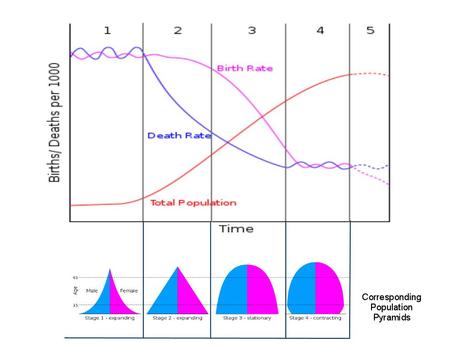

Second, it explains patterns of growth in terms of an ordered sequence of changes in death and birth rates. First, the model describes how the separate factors that create growth (primarily births and deaths) interact. The Demographic Transitionĭemographers describe the history of population growth in Western Europe in terms of a process of "demographic transition," a model that charts three aspects of population growth.

The study discusses potential responses to these pressures, points to lessons that might be learned from the debate in the United States (one of the few developed countries with a history of welcoming immigrants), and shows how changing attitudes toward technology and economic growth are complicating the search for the most appropriate policies. Kevin McCarthy's documented briefing World Population Shifts: Boom or Doom? ( DB-308, Santa Monica, Calif.: RAND, 2001) places these global demographic trends in the context of a model of the "demographic transition." This model shows how the current dynamic of population growth differs from that of earlier periods and suggests that the world will see increasing pressures for migration to the developed world. How the developed countries respond to the growth of immigration pressures will have a major impact on their demographic and economic futures. These demographic differences, combined with widening economic disparities, are increasing the pressures of migration from the less-developed to theĭeveloped world.

In the developed countries, the current annual rate of growth is less than 0.3 percent, while in the rest of the world the population is increasing almost six times as fast. The dynamics of global population growth differ dramatically across the major regions of the world.


 0 kommentar(er)
0 kommentar(er)
